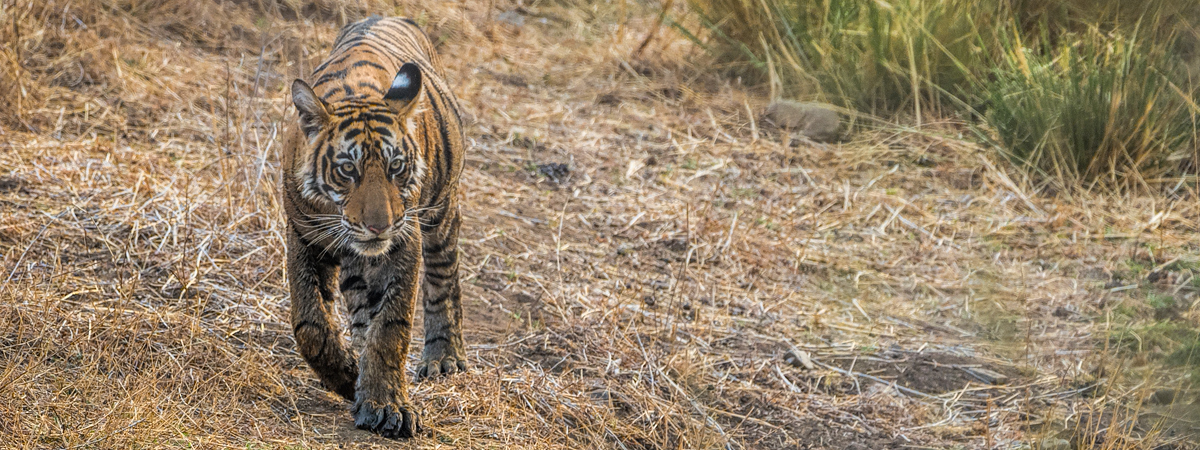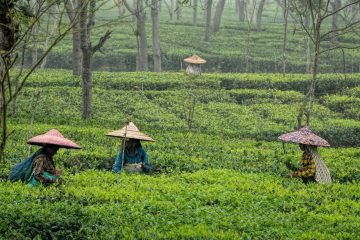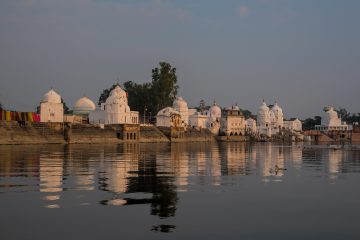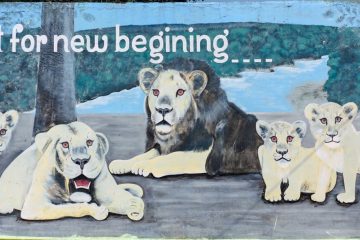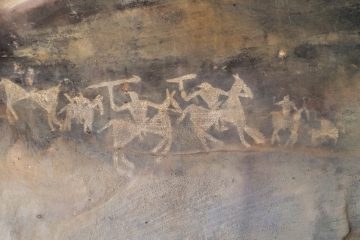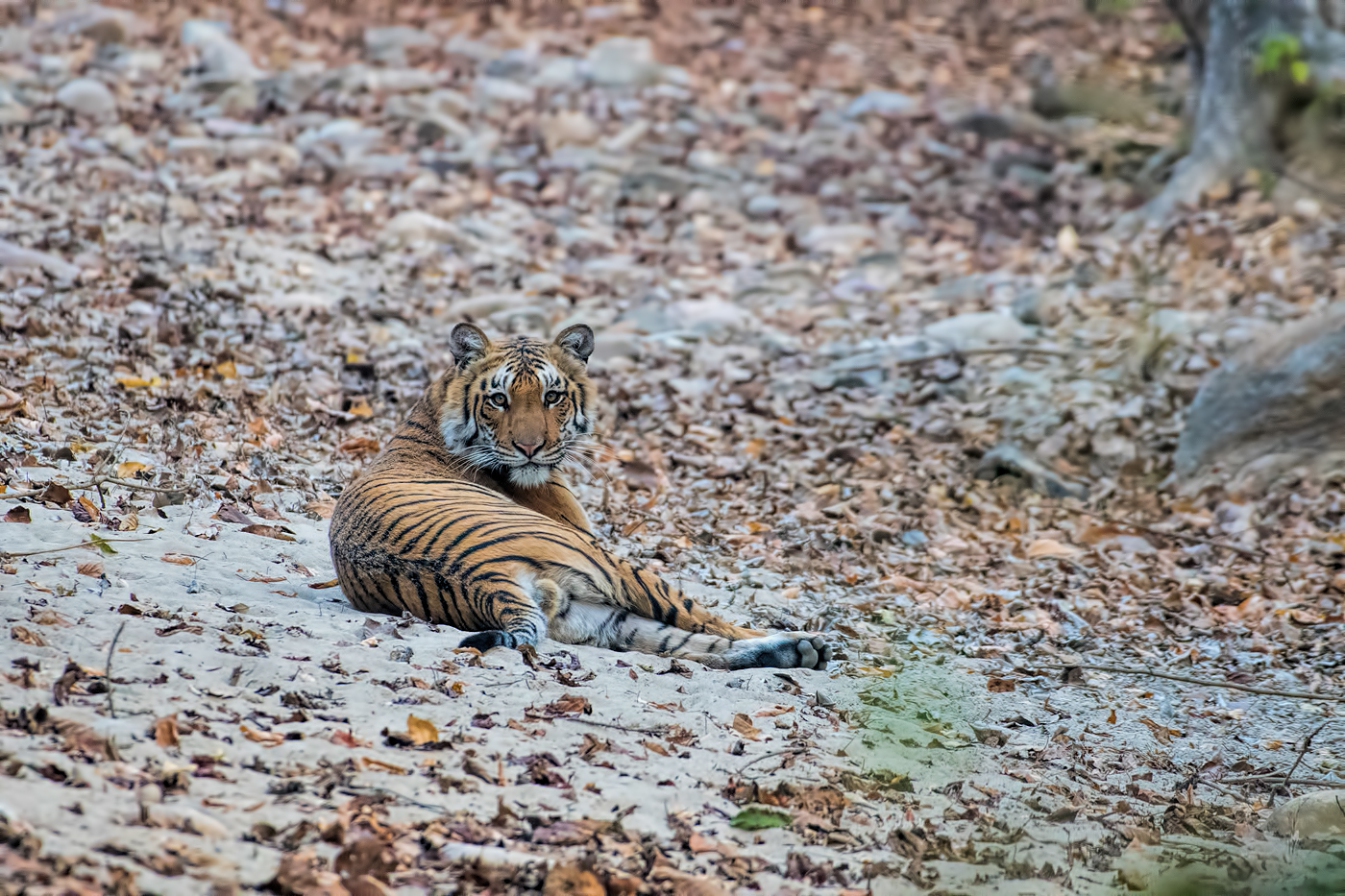Himalayan Foothills and the Jungles of Terai
This unique itinerary explores the Bhabar and Terai jungles of Uttarakhand and Uttar Pradesh; regions that boast remarkable biodiversity. The Bhabar supports species adapted to drier conditions, such as leopards, wild boars, and various reptiles. The Terai, with its lush vegetation and wetlands, provides a sanctuary for an array of wildlife, including the Bengal tiger, Indian rhinoceros, and Asian elephants.[…]
Read more
